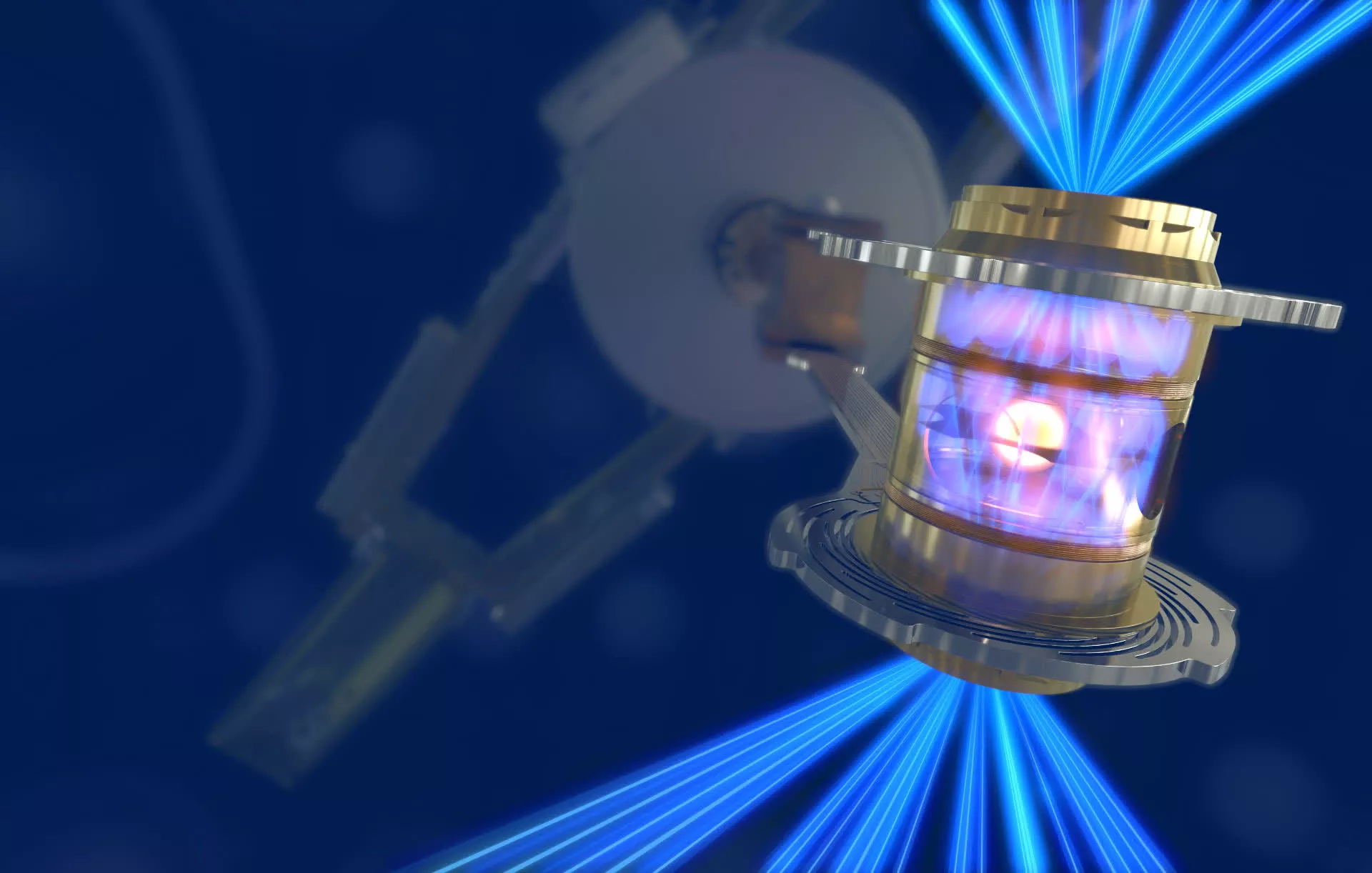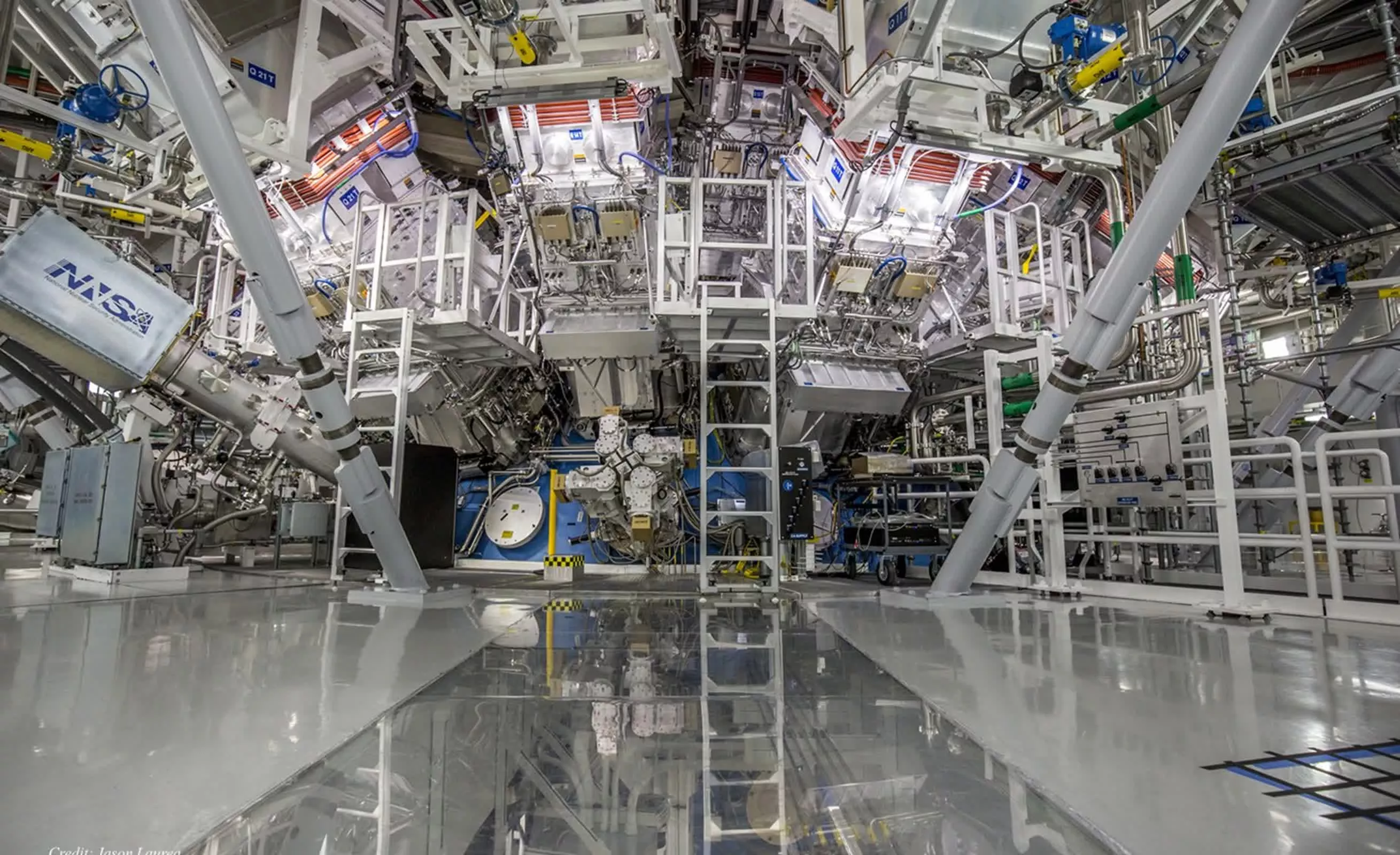Forward-looking: While the path to practical fusion energy remains long, the recent advances at the National Ignition Facility have emboldened researchers. The facility's ongoing progress is a testament to decades of persistence – and a sign that the age of controlled fusion ignition is no longer a distant dream.
The National Ignition Facility (NIF), based at the US Department of Energy's Lawrence Livermore National Laboratory, has steadily increased the amount of energy produced in its fusion experiments, according to information obtained by TechCrunch. The facility, which made headlines in 2022 for achieving the world's first net-positive fusion reaction, has since pushed the boundaries of what's possible in controlled nuclear fusion.
A source with direct knowledge of the experiments told the publication that recent tests at NIF have generated energy yields of 5.2 megajoules and, more recently, an impressive 8.6 megajoules. These figures represent a significant leap from the facility's landmark experiment in December 2022, when researchers produced 3.15 megajoules of energy from a single fusion shot.
That initial breakthrough was the first time a controlled fusion reaction released more energy than was delivered to the fuel pellet, a milestone that fusion scientists had pursued for decades.
Despite these advances, the energy produced in each experiment remains far short of the amount needed to power the NIF's laser system, let alone supply electricity to the wider grid. The facility's first net-positive shot, for example, required about 300 megajoules to power the lasers, dwarfing the energy output of the fusion reaction itself.
However, the experiments were never designed to generate commercial power at this stage. Instead, they serve as crucial proof that controlled nuclear fusion is achievable in a laboratory setting – a concept that, until recently, remained largely theoretical.
NIF employs a technique known as inertial confinement fusion. In this process, a tiny pellet of fusion fuel, composed of deuterium and tritium and coated in diamond, is placed inside a small gold cylinder called a hohlraum.
The pellet, no larger than a BB, is positioned in the center of a 10-meter-wide spherical vacuum chamber. When the experiment begins, 192 high-powered lasers converge on the hohlraum, vaporizing it and generating a burst of X-rays. These X-rays bombard the fuel pellet, causing its diamond shell to become a rapidly expanding plasma.
The target chamber at the National Ignition Facility, where 192 powerful laser beams converge on a tiny fuel pellet to create the extreme conditions necessary for nuclear fusion.
The resulting pressure compresses the fuel inside to such an extent that the atomic nuclei fuse, releasing a burst of energy.
The journey has been long and marked by both anticipation and setbacks. In the early hours of December 5, 2022, scientists and technicians gathered in the NIF control room, hoping that a carefully prepared experiment would finally reach "breakeven" – the point where the fusion reaction produces as much energy as the lasers supply.
After a series of delays to complete maintenance and install new optics, the lasers fired at 1:03 a.m., delivering 2.05 megajoules of ultraviolet energy into the hohlraum. Within moments, radiation alarms sounded and diagnostic monitors registered an unprecedented yield: 3.15 megajoules of fusion energy, produced by a self-sustaining thermonuclear reaction.
A close-up of a hohlraum assembly used in inertial confinement fusion experiments at the National Ignition Facility. This small gold cylinder houses the fusion fuel pellet and plays a critical role in converting laser energy into X-rays to drive the fusion process.
The achievement was quickly validated by teams of diagnostics experts and peer-reviewed by outside consultants. On December 13, 2022, the Department of Energy announced the results to the world, marking a turning point for inertial confinement fusion.
The experiment more than doubled NIF's previous energy record and demonstrated the viability of using fusion to support the National Nuclear Security Administration's Stockpile Stewardship Program, which maintains the nation's nuclear deterrent without underground testing.
In the months that followed, NIF continued to build on this success. On July 30, 2023, the facility produced a new record output of 3.88 megajoules. Subsequent experiments in October 2023 saw NIF achieve fusion ignition for the third time, with yields of 2.4 and 3.4 megajoules, respectively.
These consistent results at multi-megajoule levels have reinforced the case for inertial fusion energy as a potential source of clean, safe, and virtually limitless power.
Fusion breakthrough: NIF achieves 8.6 megajoules, shattering previous record


